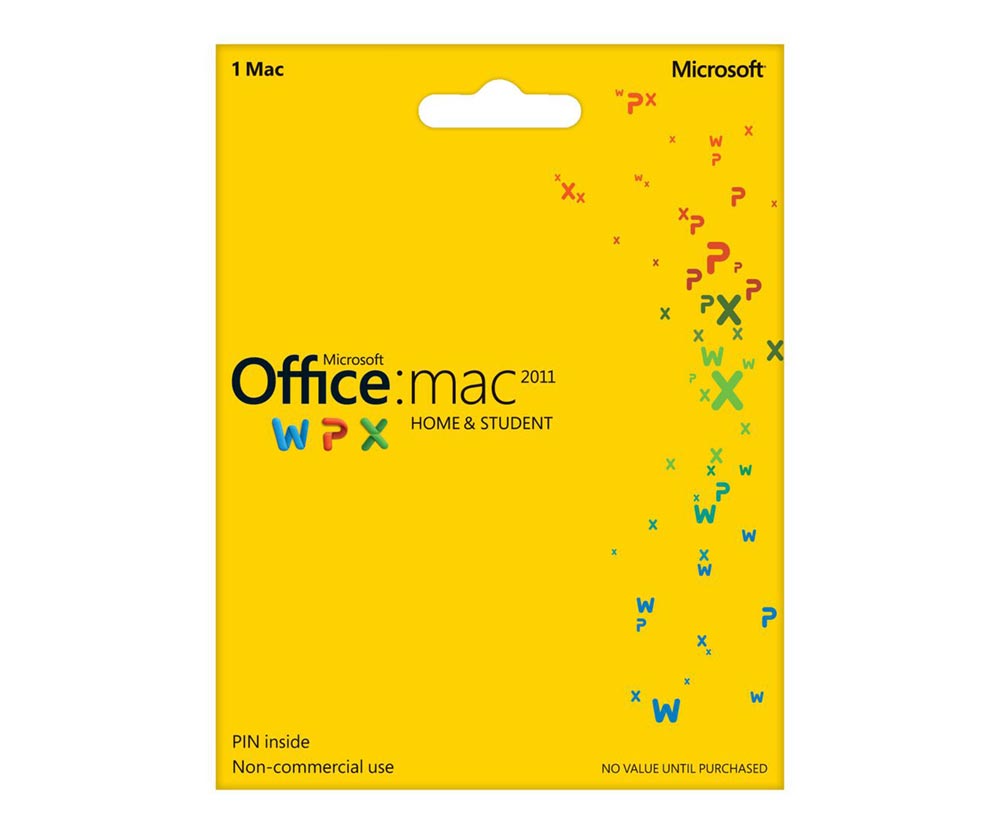
Mac Users Using Excel 2016 or Excel Online. Get the new Solver App for Excel 2016 and Excel Online this free Solver app works equally well in desktop Excel 2016 and Excel Online – and handles the smallest to the largest, most challenging optimization models. Users can obtain Solver immediately from Microsoft AppSource. Over 100,000 existing “cloud Solver” users will receive the new. Start quickly with the most recent versions of Word, Excel, PowerPoint, Outlook, OneNote and OneDrive —combining the familiarity of Office and the unique Mac features you love. Work online or offline, on your own or with others in real time—whatever works for what you’re doing. In this video tutorial for Microsoft Excel 2011 For Mac, expert author Guy Vaccaro teaches you to effectively utilize the features and functions of Excel through project based learning. You will complete various projects, and along they way learn to leverage the power of the most important features Excel 2011 has to offer the Mac user.
This Excel tutorial explains how to define a named range in Excel 2011 for Mac (with screenshots and step-by-step instructions).
See solution in other versions of Excel:
If you want to follow along with this tutorial, download the example spreadsheet.
Question: In Microsoft Excel 2011 for Mac, how do I set up a named range so that I can use it in a formula?
Answer: A named range is a descriptive name for a collection of cells or range in a worksheet. To add a named range, select the range of cells that you wish to name. In this example, we've selected all cells in column A.
Under the Insert menu, select Name > Define.

When the Define Name window appears, enter a descriptive name for the range. The name can be up to 255 characters in length. In this example, we've entered Order_ID as the name for the range.

Then in the 'Refers to' box, enter the range of cells that the name applies to. In this example, the range is automatically set to =Sheet1!$A:$A because this is the range of cells that we previously highlighted.
Then click on the OK button.
Now when you return to the spreadsheet, you will see the name Order_ID appear in the Name box (circled in red in the image below). The Name box can be found at the left end of the formula box. Now whenever you select column A, you will see this range name appear in the Name box.
Now that you have set up this named range, you can use Order_ID in formulas to refer to Column A in Sheet1.
For example:

This SUM formula would add up all of the Order ID values in column A of Sheet1.
Mac Users Using Excel 2016 or Excel Online
Get the new Solver App for Excel 2016 and Excel Online this free Solver app works equally well in desktop Excel 2016 and Excel Online – and handles the smallest to the largest, most challenging optimization models. Users can obtain Solver immediately from Microsoft AppSource. Over 100,000 existing “cloud Solver” users will receive the new version automatically. When your model gets to big for the free add-in contact us about upgrading.
If you're still using Excel 2008 for Mac, you can download Solver for Excel 2008 here -- but we highly recommend an upgrade to Excel 2011, for many reasons including a better Solver!
Using the Excel 2011 Solver for Mac
Microsoft Excel 2011 For Mac free. download full Version
Starting with Excel 2011 Service Pack 1 (Version 14.1.0), Solver is once again bundled with Microsoft Excel for Mac. You do not have to download and install Solver from this page -- simply ensure that you have the latest update of Excel 2011 (use Help - Check for Updates on the Excel menu).
To enable Solver, click ‘Tools’ then ‘Addins’. Within the Addin box, check ‘Solver.xlam’ then hit ‘OK’.
To use Solver, start Excel 2011 and create or open your workbook. When you're ready to use Solver, click the Solver button on the Data tab (the bundled version of Solver doesn't use the menu Tools Solver.) . The Solver Parameters dialog should appear, in the language of your Microsoft Excel 2011 installation. Click here for Solver Help, applicable to both Excel 2010 for Windows and Excel 2011 for Mac.
Use the Solver Parameters dialog to select your objective, decision variables, and Constraints. Then click the Solve button. Solver will seek the optimal solution to the problem. When it's finished, the Solver Results dialog will appear, and the final values of the decision variables will appear in your workbook in Excel. To pause or stop Solver while it's solving, press the ESC key, and click Stop (or Continue) when the Trial Solution dialog appears.
Caution:Don't make changes yourself in Excel or your workbook while Solver is solving. Changes in Excel while Solver is solving, will have unpredictable results, including crashes in Solver or Excel. See the FAQ about Solver as a Separate Application.)
If You Updated to Excel 2011 SP1 and Installed Solver from Solver.com
If you've previously updated to Excel 2011 Service Pack 1 and after doing this, you've also downloaded and installed the Solver package formerly available on this page, you'll be fine, but you can encounter a problem (involving which version of Solver gets loaded and used) which we can easily help you solve. Just email us at at support@solver.com.
Read the FAQ to learn how Solver for Excel 2011 was developed, special considerations in using this Solver versus the one in Excel 2008, and what to expect in the future.
The History of the Excel 2011 Solver for Mac
Before Microsoft began bundling the Solver with Excel for Mac, Frontline Systems worked with Microsoft's Mac Business Unit to bring you a faster, easier to use, and more powerful Solver. The version that we provided was free and 100% compatible -- your existing Solver models would work without any changes, whether they're from Excel 2004 or 2008 for Mac, or Excel 2003, 2007 or 2010 for Windows.
Matches New Solver for Excel 2010 for Windows
Solver for Excel 2011 for Mac has the same new features and user interface as Solver for Excel 2010 for Windows -- which is greatly enhanced over Solver for Excel 2007.
Includes New Evolutionary Solving Method
Based on genetic algorithms, this method complements Solver's linear programming and nonlinear optimization methods. Use it to find solutions for models with IF and LOOKUP functions.

Microsoft Excel 2011 For Mac
Global Optimization for Nonlinear Models
Automatically run the GRG Nonlinear Solver from multiple, intelligently chosen starting points, to find better solutions when the old Solver would be 'trapped' in a local optimum.
New user interface matches Excel 2010
You may also be interested in:
Microsoft Excel 2011 For Mac Download Free
- Try our Solver Tutorial to learn more about building Solver models and getting solutions.
- Premium Solver Platform for Mac offers far more power, speed and flexibility than the Standard Excel Solver while allowing all your existing models, even your VBA code, to be used as-is.
- If you are a developer of optimization or simulation applications, check our Solver SDK Platform. It's available for Windows and Linux -- but contact us for news about availability of the SDK for Mac OSX.